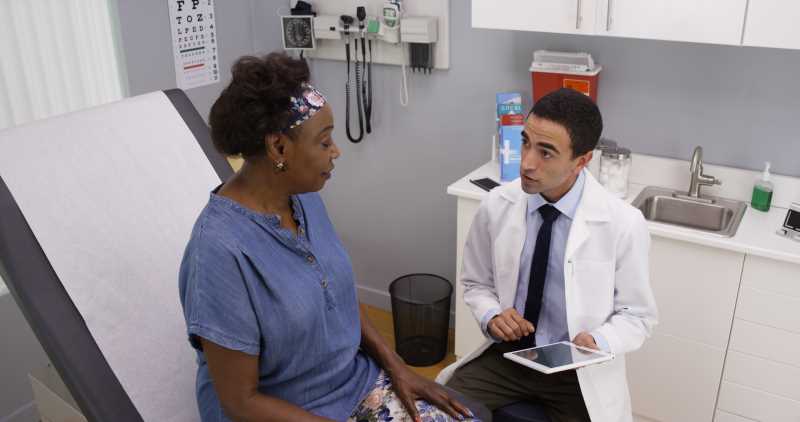
The gap in breast cancer survival rates between Black and white women has reduced over the past 25 years in the U.S., but Black women still face twice the risk of mortality compared to white patients. This data comes from a new study published in Cancer Epidemiology, Biomarkers & Prevention.
“Since the ’80s, there’s been increasing awareness of the disparities in breast cancer mortality and the troubling fact that they’ve grown over time,” said co-authors Robert Hines, PhD, MPH, associate professor at the University of Central Florida College of Medicine, via a press release. “There’s been a huge investment in decreasing or eliminating these disparities, but we wanted to see if it’s been effective.”
Overall Mortality Decreased Since 1990
For this retrospective study, the investigators used data from the Florida Cancer Data System to identify women diagnosed with invasive breast cancer between 1990 and 2015. The cohort included more than 250,000 women. The majority self-identified as non-Hispanic white (79.5%). Around ten percent of patients were non-Hispanic Black, 9.7% were Hispanic white, and 0.3% identified as Hispanic Black. Patients were clustered based on year of diagnosis: 1990–1994, 1995–2004, and 2005–2015. The primary endpoints were the cumulative incidence of breast cancer–related mortality and five- and 10-year mortality risk in each group.
The investigators found an overall reduction in risk of mortality between 1990 and 2015. Ten-year mortality incidence decreased for non-Hispanic white patients from 20.6% (1990–1994) to 14.0% (2010–2015). In non-Hispanic Black patients, 10-year mortality decreased from 36.0% (1990–1994) to 25.9% (2010–2015). Despite these improvements in survival for Black women, this population still faces nearly double the risk of five-year mortality compared to white patients (hazard ratio [HR] = 2.04; 95% confidence interval [CI], 1.91–2.19). The risk of 10-year mortality was also twice as high for Black patients compared to white patients (HR 2.02; 95% CI, 1.89–2.16).
Factors Impacting Breast Cancer Survival
The investigators noted that adjustment for covariates substantially reduced the increased risk of breast cancer–related death for Black patients. Age, insurance status, income level, disease severity, and treatments received were all associated with the difference in mortality between Black and white patients. When the researchers adjusted for these factors, the difference in risk of 10-year mortality between Black and white women between 2010 and 2015 decreased from 102% to 20%. “In order to have the most impact, we need to tease out the individual factors that are most responsible,” said Dr. Hines.
According to the authors, the study is limited by incomplete data for some of the patients, especially earlier data collected when diagnostic criteria differed from what is currently assessed. Patients were also excluded from the analysis if they identified as a race other than white or Black or an ethnicity other than Hispanic.
In conclusion, Dr. Hines said, “Over the past three decades, we’ve seen an improvement in breast cancer survival for all women—especially for minority women—which is encouraging. However, in the most recent time period, non-Hispanic Black women have twice the rate of breast cancer death compared to non-Hispanic white women.” He continued, “We need to celebrate the progress we make, but we have a ways to go to produce equitable outcomes for women diagnosed with breast cancer.”







 © 2025 Mashup Media, LLC, a Formedics Property. All Rights Reserved.
© 2025 Mashup Media, LLC, a Formedics Property. All Rights Reserved.